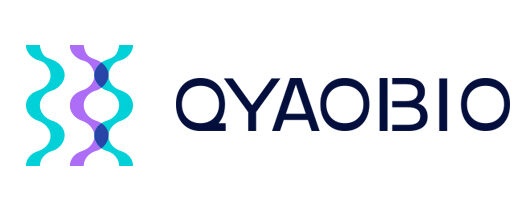Catalog peptides
QYAOBIO provides over 3000 catalog peptides.
Qyaobio provides high quality catalog peptides with different purity at highly competitive prices. Our catalog peptides are supported by our unparalleled experience in peptide synthesis. We have more than 15 years experience in synthesizing peptides, Qyaobio is the premier supplier of high quality peptides to leading biotechnology companies and academic institutions.
Our catalog peptides are produced by the latest synthesizer technology with utmost quality and value. We provide over 3000 catalog peptide products for research application. If the required peptides are not in this catalog, please contact our professional team. We are able to custom synthesize the peptide with specific purity and quantity.
Notice: All peptides are only for research purposes, Not for clinical use.
PEPTIDE CATALOGS
Unless otherwise specified, all catalog peptides contain TFA (trifluoroacetic acid) as counter-ions with different purity levels from 80% to 95%. Our database of catalog peptides are searchable by CAS number, product name, or peptide sequence (partly).
Qyaobio is proud to provide a comprehensive peptide collection for customer in worldwide. Our catalog peptides including:
Common Peptide FAQ
Common FAQ in peptide synthesis for customer in worldwide.
Call Us
+86(021)-50795728
+86(027)-60707970
